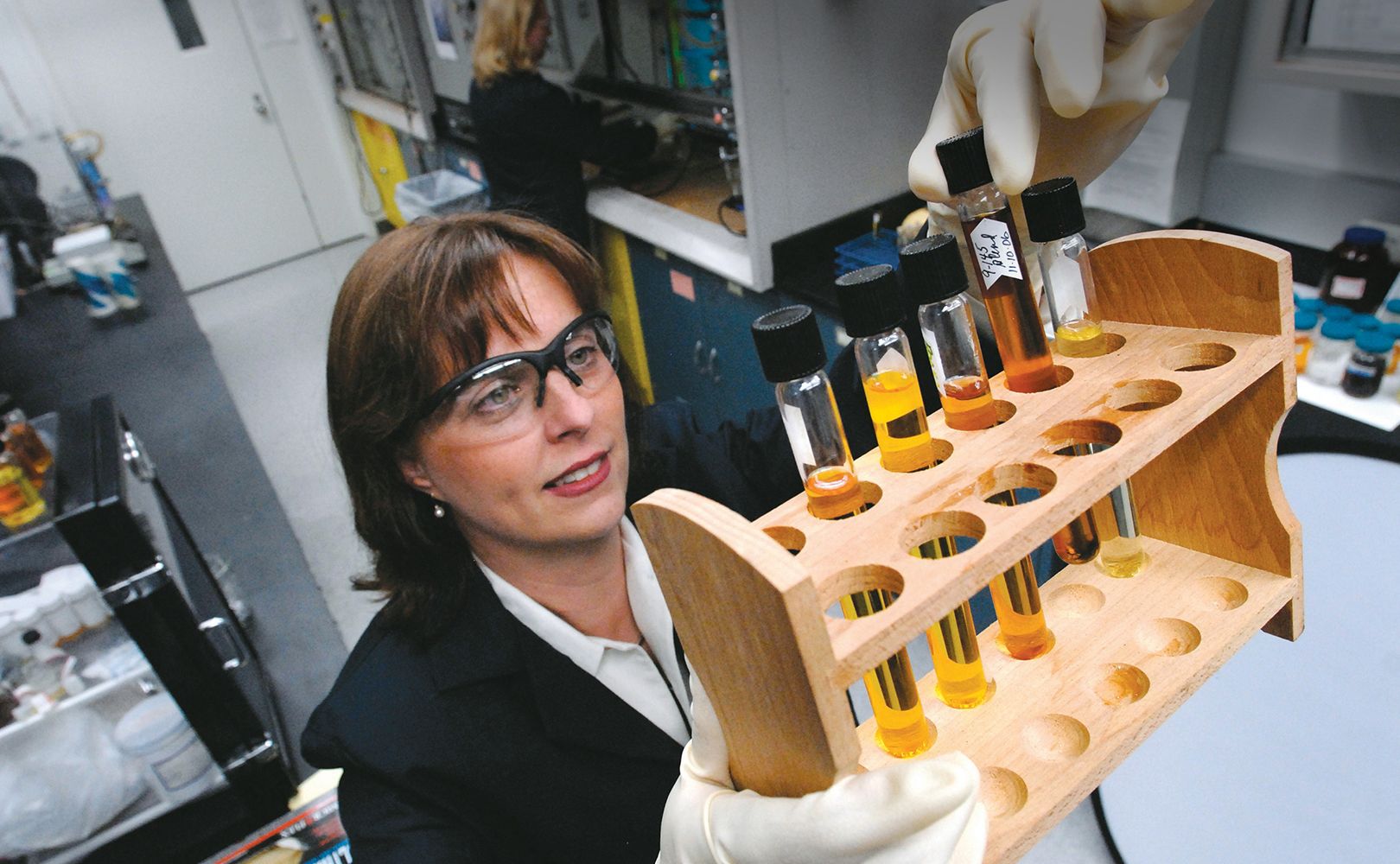How We’re Driving Change
Creating New and Smarter Materials
Guided by our global materials strategy, we continue to be a leader in the research, development and integration of more plant-based, renewable and recycled content in our vehicles.
We aspire to use materials that have been obtained by sustainable means, with lower social and environmental impacts, and equivalent or superior performance to existing materials. Our ongoing research on closed-loop recycling and second-life use of components is supplemented by partnerships with other industries and the farming community to utilize their by-products.
Taking a holistic view of the materials used in our vehicles, the aspects we consider include its origin (whether virgin, renewable or recycled), the methods used to source and process it, the emissions generated throughout its life cycle, any health impacts associated with its use, and how it is disposed of at the end of its useful life.
Today, we’re proud to be exploring new materials using everything from tree cellulose to tomato skin and dandelion roots. We are also striving to use fewer materials and encouraging local sources to reduce their carbon footprint.








